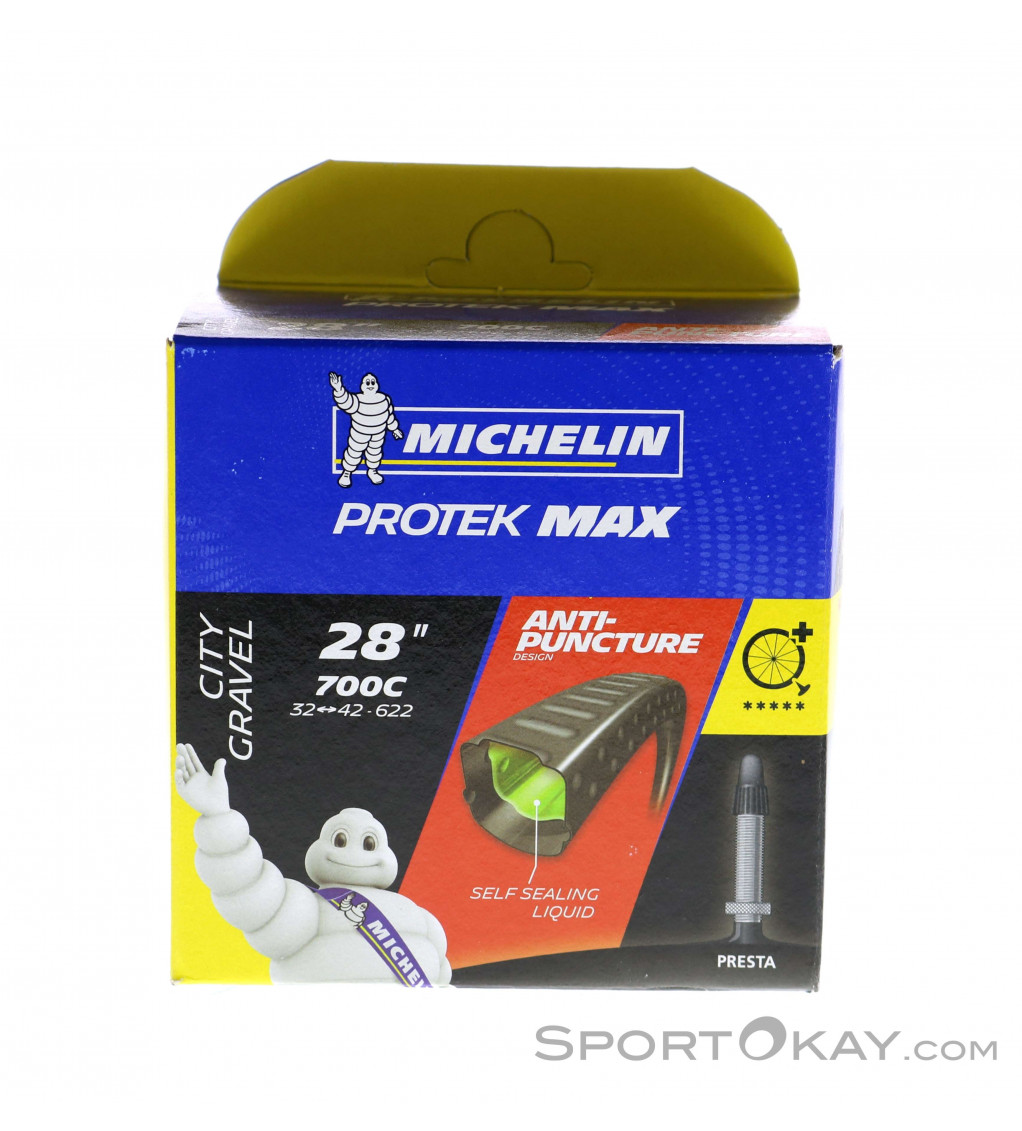

D., Suryapalam, M., O’Murchu, B., Bashir, R., O’Neill, B. Outcomes with the Tandem Protek Duo Dual-Lumen Percutaneous Right Ventricular Assist Device. Ravichandran AK, Baran DA, Stelling K, Cowger JA, Salerno CT. Concurrent Left Ventricular Assist Device (LVAD) Implantation and Percutaneous Temporary RVAD Support via CardiacAssist Protek-Duo TandemHeart to Preempt Right Heart Failure. Current status of percutaneous right ventricular assist devices: First-in-man use of a novel dual lumen cannula. Citations for Protek Duo and Impella RPĪggarwal V, Einhorn BN, Cohen HA. There are no clinical trials at the moment regarding this device.

I checked under “protek” and “protek duo” on and did not find anything. The Impella RP provides axial flow while the Protek Duo provides centrifugal flow. In addition, as mentioned above, the Impella RP and Protek Duo also differ in their types of flow. As mentioned, the Protek Duo is goes in the right internal jugular vein. This mean the patient cannot ambulate while the device is in place. Some key differences between the two include that the Impella RP, at the time of this writing, is inserted only in the femoral vein. Market competitors to the Protek Duo, to my knowledge, include only the Impella RP by Abiomed.

There are various case studies with links below in the citations where they analyze fewer than 20 patients. What are the outcomes using the Protek Duo?Īt of the time of this writing, there are no clinical trials utilizing this technology in patients with right ventricular failure. The complications seen with central line placement in the internal jugular can be seen here. The brochures recommend an ACT of 180-220 or a PTT of 65-80. Additional equipment required includes the TandemHeart controller and pump. This is done by placing the same ProtekDuo 29 or 31 french cannula in the right internal jugular vein, and adding an oxygenator. To make it simple, that means you can essentially turn this device into VV-ECMO. One of the additional benefits of this device is it’s TandemLung function. TandemLife could do better at explaining their device on their website. I personally went down the rabbit hole of right ventricular assist devices while writing my lecture on Mechanical Circulatory Support titled “ Cardiogenic Shock: Rise of the Machines“. If you’ve heard the term “mechanical circulatory support”, this is one of those devices. It is essentially a right atrium to pulmonary artery bypass device. One needs to visualize the guidewire and then the cannula transverse the pulmonic valve into the pulmonary artery. The specialist uses the assistance of transesophageal echocardiogram and fluoroscopy. One could introduce this device via the right internal jugular vein. There are specialists who put this in place: Interventional Cardiologists, Advanced Heart Failure Cardiologists, Intensivists, or other well trained medical specialist. The Protek Duo, made my TandemLife/LivaNova, is a temporary percutaneous right ventricular assist device (RVAD). At the time of this writing, we are limited to two temporary percutaneous right ventricular assist devices (RVAD) to assist our patients with this problem: the Impella RP and the Protek Duo/ProtekDuo What is a Protek Duo? It also features the DJI Digital HD System, Beast F7 AIO Flight Controller, 45A 2-6S ESC, and the Nazgul 3535 propellers.There are few options when it comes to right ventricular support for patients who are in right heart failure from a multitude of etiologies.

IFlight was able to increase the speed and thrust by 50% compared to its 3-inch predecessor which gives a lot more room for a lot more fun as a result, the ProTek35 is equipped with 2203.5 motors. The Protek CineWhoop has a longer flight experience and weighs less than the previous cinewhoops!
PROTEK SERVICE KIT 1541 SERIES
After the very popular 3-inch Cinematic EVA bumper BumbleBee and Green Hornet CineWhoop series release, iFlight continue to strive to increase performance by coming up with their master Protek series.


 0 kommentar(er)
0 kommentar(er)
